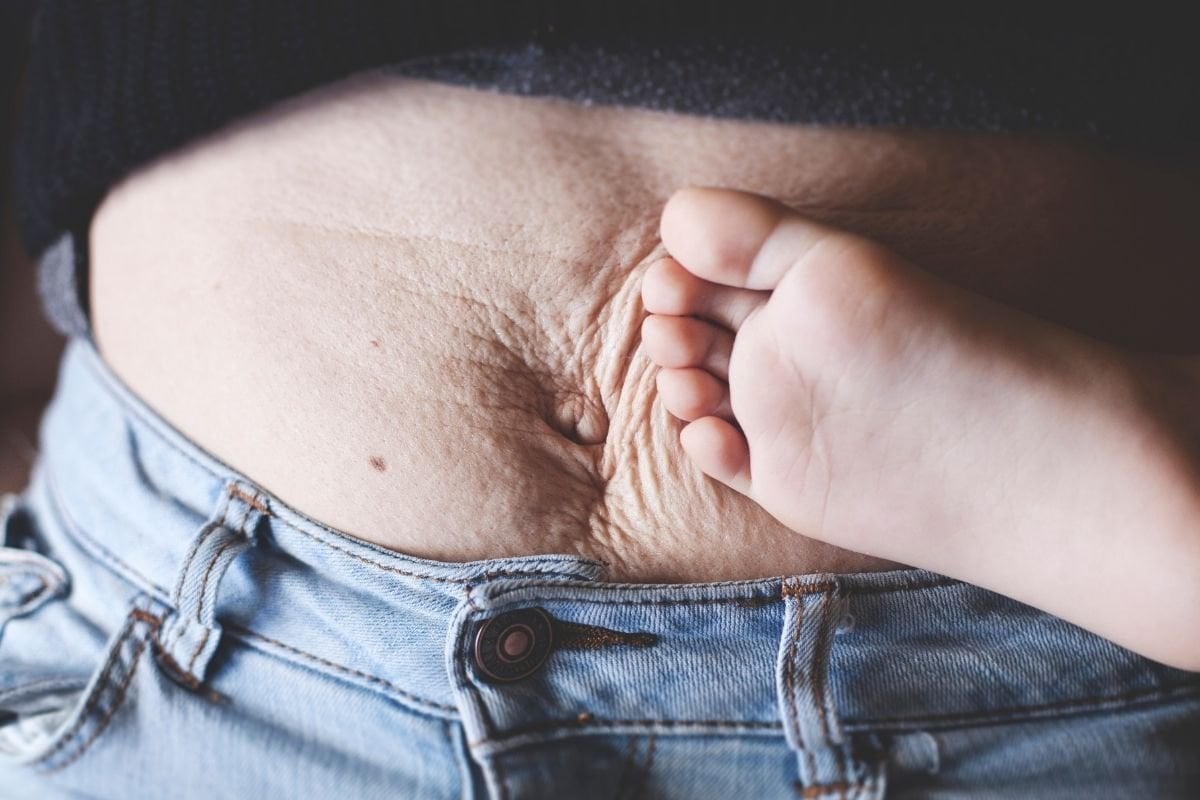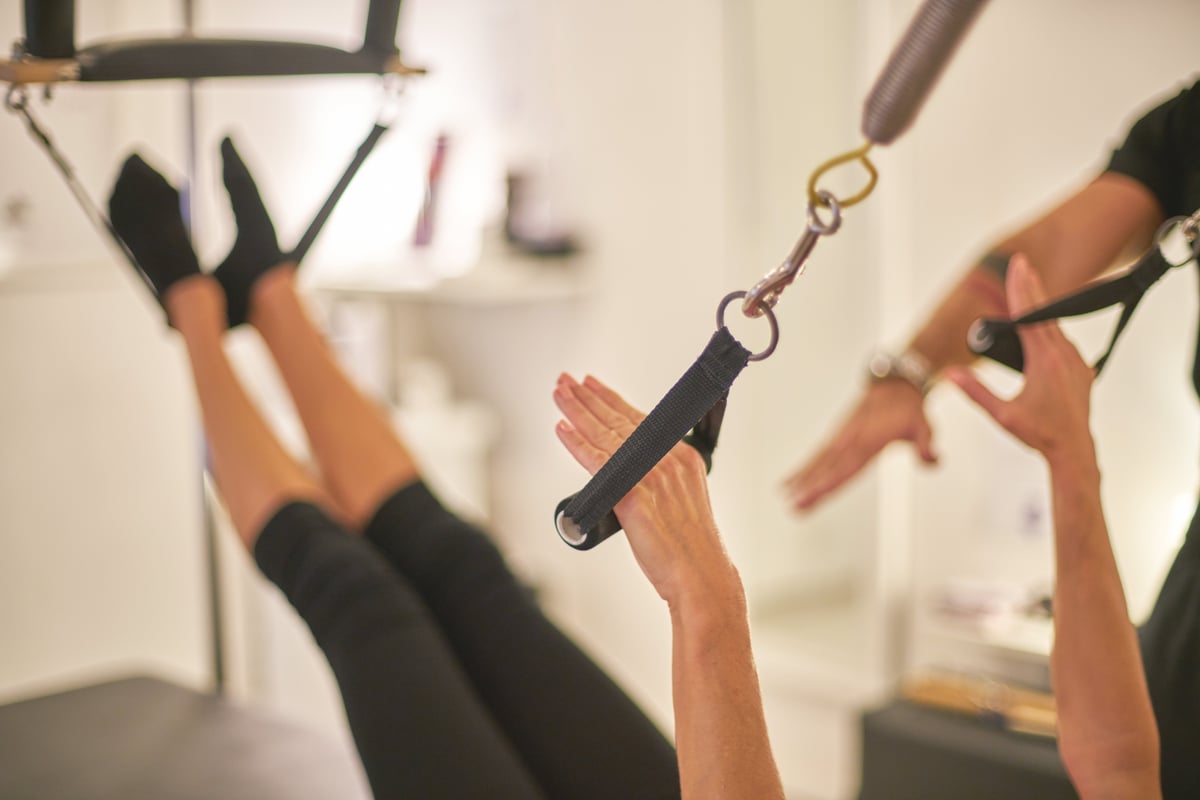
Women have to put up with A LOT of stuff during pregnancy - especially when it comes to changes in their body. Those tiny little aliens can really mess things up.
And while some of these changes are a little more well known than others (hey, hair loss), others you don't really hear about.
Diastasis recti abdominis (DRA) is one of these.
It's a condition that happens to all women while they're pregnant and affects around 60 per cent of women after they've given birth. However, for something so common it's rarely discussed - and often dismissed.
Watch: Things pregnant people never say. Post continues below.
If you're not familiar with diastasis recti, it's basically a condition where the abdominal muscles stretch and separate to make room for your growing baby. It sounds like something out of a horror film, but it's totally normal.
The good news is that once your little friend has been delivered, your muscles will usually start contracting back together over the next three to six months.




